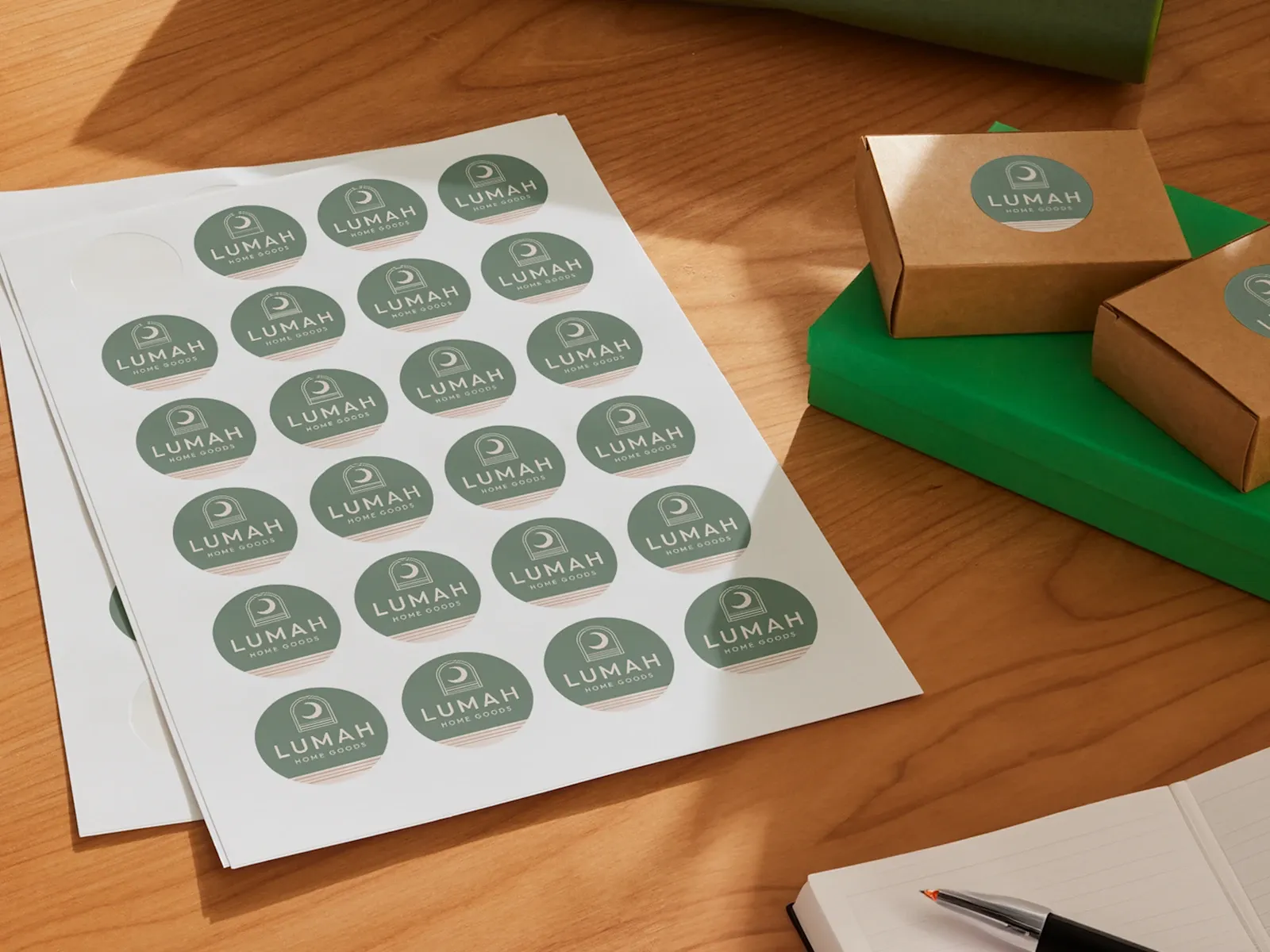Exploring Innovations in Wine Packaging
In the world of oenology, packaging is more than just a means of transportation; it plays a pivotal role in marketing, preservation, and sustainability. The way wine is packaged impacts consumer perception, influences purchasing decisions, and even affects the wine’s quality. As the wine industry evolves, so too do the methods and materials used for wine packaging, with a growing emphasis on innovation and environmental sustainability.
Traditionally, wine has been packaged in glass bottles, which are often perceived as the gold standard for wine storage and presentation. Glass not only protects the wine from external contaminants but also allows consumers to visually appreciate the color and clarity of the wine. However, glass bottles can be heavy and cumbersome, leading to higher shipping costs and increased carbon footprints. This has spurred the exploration of alternative packaging solutions that not only meet the practical needs of the wine industry but also align with eco-friendly practices.
One of the most notable innovations in wine packaging is the introduction of bag-in-box (BiB) systems
. This packaging method involves sealing wine in a flexible bag within a cardboard box, allowing for convenient storage and dispensing. BiB packaging has gained popularity not just for its affordability but also for its ability to keep wine fresh for extended periods after opening, thereby minimizing waste. Additionally, the lighter weight of box packaging reduces transportation emissions, making it an environmentally friendly option compared to traditional glass bottles.Another exciting development in wine packaging is the use of cans. Wine in cans has gained traction in recent years, particularly with younger consumers seeking on-the-go drinking options. Cans are portable, recyclable, and chill quickly, making them ideal for outdoor events and casual settings. Moreover, canned wine is often marketed as an accessible and fun alternative to traditional wine, breaking down barriers for newcomers to the wine world. While some traditionalists may scoff at the idea of wine in a can, many winemakers have embraced this trend, showcasing high-quality wines that challenge preconceived notions about canned beverages.
wine packaging

Sustainable packaging is also at the forefront of industry discussions. Many wineries are exploring biodegradable materials, lightweight glass, and innovative closures that reduce the environmental impact of their packaging. For instance, some producers are now using natural cork alternatives or composite corks that minimize deforestation while ensuring a secure seal. Additionally, eco-conscious labels and inks are being used that reduce chemical usage, appealing to a growing market of environmentally aware consumers.
Furthermore, recent advancements in smart packaging technology are revolutionizing how consumers interact with wine. Some innovative wineries are integrating QR codes and augmented reality experiences into their packaging. By scanning these codes, consumers can access detailed information about the wine, including its production process, pairing suggestions, and even the vineyard's sustainable practices. This transparency not only enhances the consumer experience but also builds trust and loyalty between wine producers and their customers.
As the wine industry continues to adapt to changing consumer preferences and environmental considerations, it is clear that packaging will remain a critical aspect of marketing and product preservation. The move towards alternative packaging solutions like bag-in-box and cans, coupled with a focus on sustainability and technological integration, reflects a dynamic landscape that is responsive to the needs of both consumers and the planet.
In conclusion, while glass bottles will likely remain a staple in the wine industry, the future is bright for innovative wine packaging solutions. Embracing change and exploring new materials and methods will not only enhance consumer experiences but also contribute to a more sustainable and environmentally conscious wine industry. As we raise our glasses to savor fine wines, let us also celebrate the innovations that make those moments possible.



